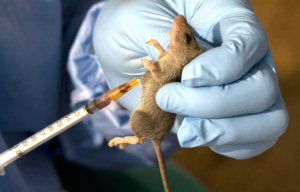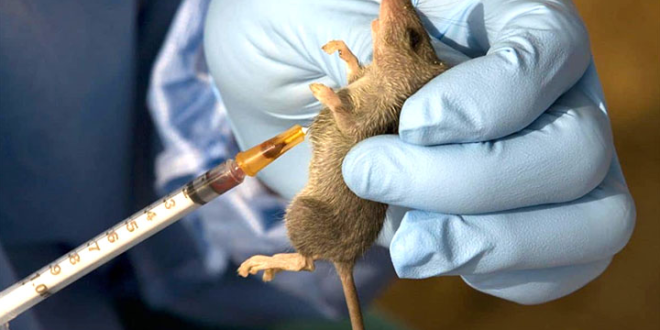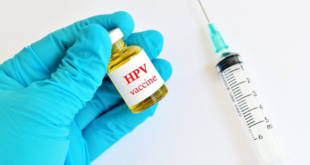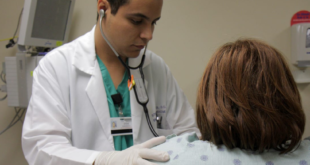Overview of Lassa Fever
Lassa fever is an acute viral haemorrhagic illness prevalent in the West African region. It’s transmission to humans happens via contact with food or household items contaminated with the urine or faeces of rodents. Person-to-person infections also happens, and especially in hospitals that lacks adequate infection prevention and control measures, laboratory transmission can also however occur. If early supportive care such as rehydration and symptomatic treatment are done, survival from Lassa fever cases can be improved.

Transmission of Lassa Fever
Human infection of the Lassa virus usually happens from exposure to urine or faeces of infected Mastomys rats. The Lassa virus can also be spread between humans through direct contact with the blood, urine, faeces, or other bodily secretions of a Lassa fever infected person. There is no epidemiological evidence supporting airborne spread between humans. Person-to-person transmission can also occur in both community and health-care settings, in which case, the virus may be spread through contaminated medical equipment. Sexual transmission of Lassa virus has been documented.
Lassa fever affects all age groups and gender. It has been observed that persons at greatest risk of Lassa fever infection are rural dwellers where Mastomys are usually found, especially in communities with poor sanitation or crowded living conditions. Also, health workers are at great risk if caring for Lassa fever patients in the absence of proper barrier and infection prevention and control best practices.
Signs and Symptoms of Lassa Fever
The incubation period of Lassa fever ranges between 6–21 days. At the disease onset, when it is symptomatic, is usually gradual, starting with fever, general weakness, and malaise. After a few days however, headache, sore throat, cough, muscle pain, vomiting, chest pain, nausea, diarrhoea, and abdominal pain may follow. In severe cases, fluid in the lung cavity, facial swelling, bleeding from the mouth, nose, vagina or gastrointestinal tract and low blood pressure may develop.
Protein may appear in the urine. Shock, seizures, tremor, disorientation, and coma can also be seen in the later stages. Deafness occurs in 25% of patients who survive the disease. In about half of these cases, hearing can be partially regained after about. Transient hair loss and gait disturbance may be seen during recovery.
Death usually occurs within 14 days of onset in fatal cases. In late pregnancy, the disease is especially severe with maternal death and/or fetal loss occurring in about 80% of cases during the third trimester.
Diagnosis of Lassa Fever
The fact that symptoms of Lassa fever varies and non-specific, usually makes clinical diagnosis difficult, especially in the early period of the disease. Often times, it is difficult to distinguish Lassa fever from other viral haemorrhagic fevers such as Ebola virus disease as well as other diseases that cause fever, including malaria, typhoid fever, shigellosis, and yellow fever.
Definitive diagnosis requires testing that can be obtained only in reference laboratories. Laboratory specimens may be hazardous and must be handled with extreme care. Lassa virus infections can only be diagnosed definitively in the laboratory using the following tests: reverse transcriptase polymerase chain reaction (RT-PCR) assay antibody enzyme-linked immunosorbent assay (ELISA) antigen detection tests virus isolation by cell culture.
Treatment and Prophylaxis of Lassa Fever
Especially if given in the early period of the illness, the antiviral drug ribavirin seems to be an effective treatment for Lassa fever. There is no evidence however, to support the role of Ribavirin as post-exposure prophylactic treatment for Lassa fever.
At the moment, there is currently no vaccine that offers protection against Lassa fever.
Prevention and Control of Lassa Fever
Promotion of good community hygiene remains the best way to prevent against lassa fever infection by discouraging rodents from entering homes. The effective measures include storing grain and other foodstuffs in rodent-proof containers, maintaining clean households, disposing of garbage far from the home, and keeping cats. The fact that Mastomys are so abundant in endemic areas, makes it impossible to completely eliminate them from the environment. Family members and relatives should always be careful to avoid contact with blood and body fluids while caring for sick persons.
There is need for staffs in health-care settings, to always apply standard infection prevention and control precautions when caring for patients, not minding their presumed diagnosis. These prevention and control measures include use of personal protective equipment, basic hand hygiene, respiratory hygiene, safe injection practices and safe burial practices.
Health-care workers caring for patients with either suspected or confirmed Lassa fever case should apply extra infection control measures to prevent contact with the patient’s blood and body fluids and contaminated surfaces or materials such as clothing and bedding. When in close contact of about 1metre with a patient with Lassa fever, health-care workers should wear face protection such as face shield or a medical mask and goggles, a clean, non-sterile long-sleeved gown, and sterile gloves.
Laboratory workers are also at great risk. Samples taken from humans and animals for investigation of Lassa virus infection should be handled by only well trained staff and processed in suitably equipped laboratories under maximum biological containment conditions.
Travellers from areas where Lassa fever is endemic can also export the disease to other countries, but on rare occasions. Although malaria, typhoid fever, and many other tropical infections are much more common, the diagnosis of Lassa fever should also be considered in febrile patients returning from West Africa, especially if they have had exposures in rural areas or hospitals in countries where Lassa fever is known to be endemic. Health-care workers on seeing a patient suspected to have Lassa fever should immediately contact local and national experts for advice and to arrange for laboratory testing.
References
 Healthveli
Healthveli




